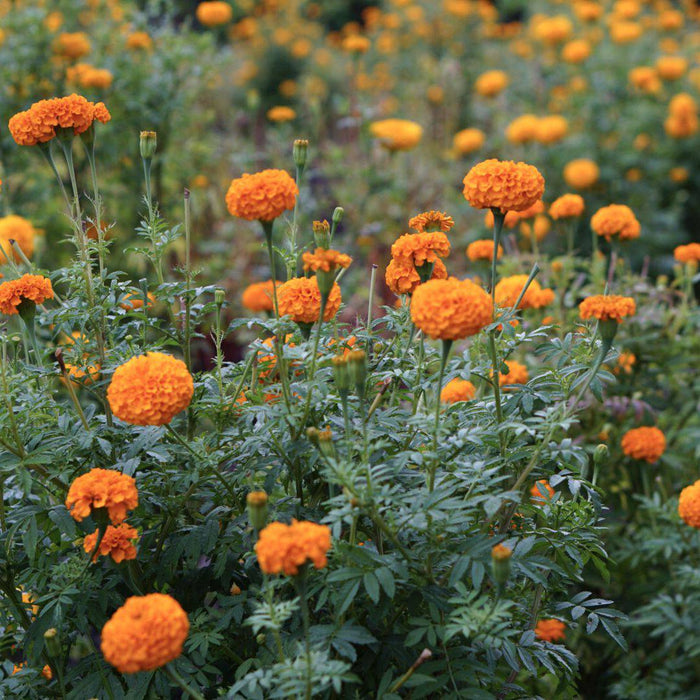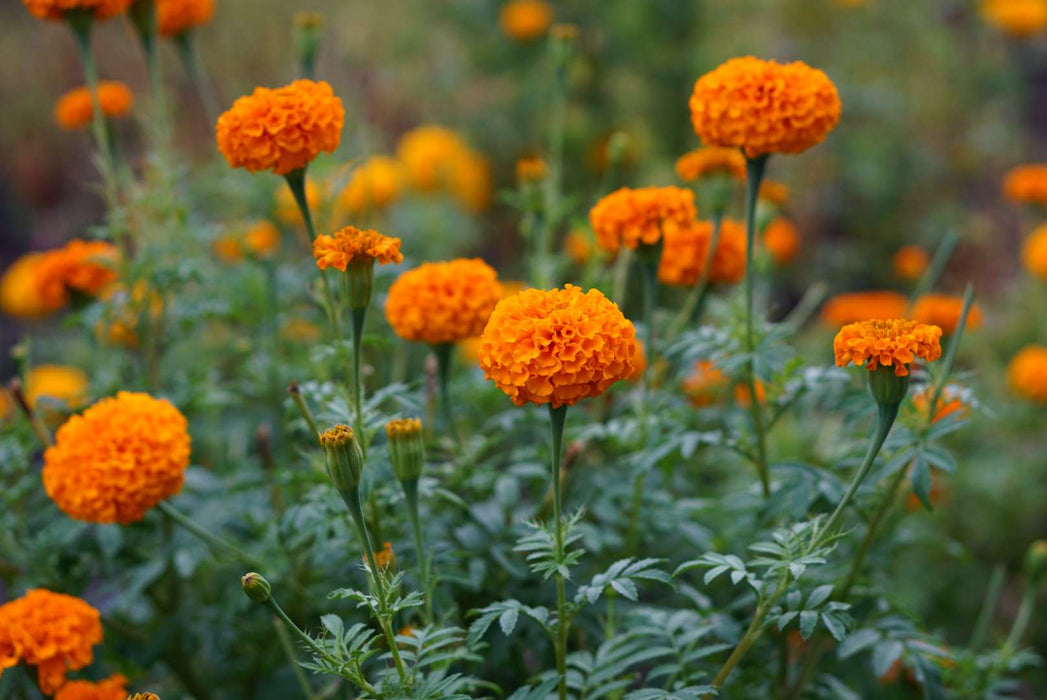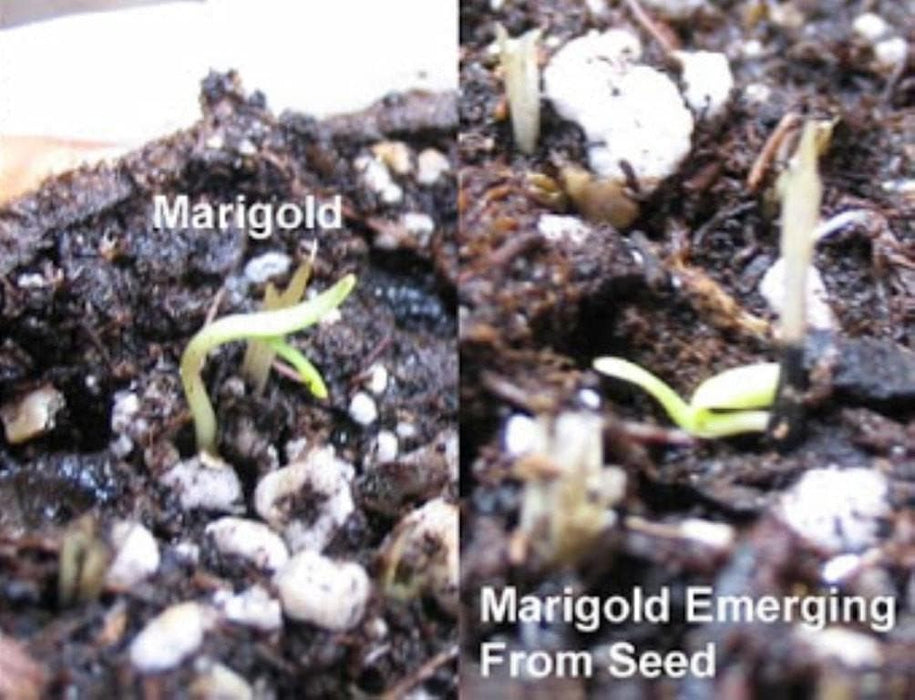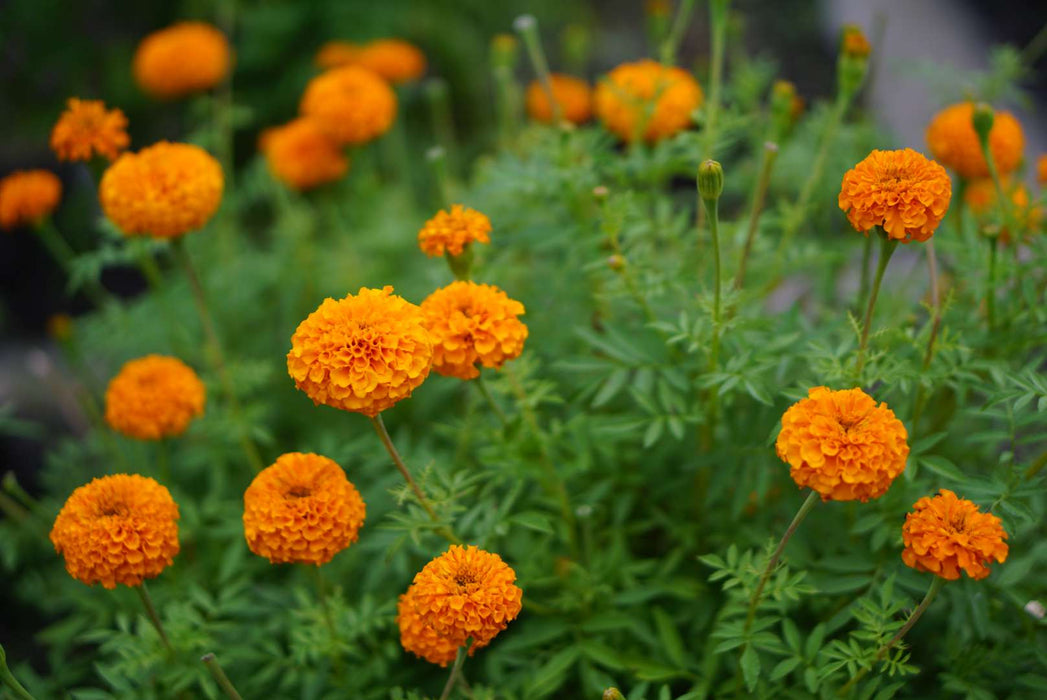
Mexican marigold flowers Seeds , Tagetes erecta
Most orders are processed by the next day
Select your desired size and/or color from the available options.
Perfect for edging the front of the sunny flower garden or for baskets and containers.
Tagetes erecta, the Mexican marigold or Aztec marigold, is a species of flowering plant in the genus Tagetes native to Mexico.
Despite its being native to the Americas, it is often called African marigold. In Mexico, this plant is found in the wild in the states of México, Michoacán, Puebla, and Veracruz
Marigold (Tagetes Erecta Tall Sierra Orange) - This taller variety, known as an African Marigold or Aztec Marigold, looks especially attractive in mass plantings. Sow Marigold seeds to have these large, showy, never fading orange blooms. They will brighten up any garden or flower bed! Tall Marigold flowers are reliable and easily grown from flower seed. The ease of sowing Marigold flower seeds make them popular for children to grow.
Marigold plants will perform well in poor soil with good moisture. African Marigold care involves deadheading spent blooms to promote new flowers. They have a very long bloom season from late spring through fall in most regions. They burst with color all season long! Sow Marigold seeds 6 - 8 weeks before last frost. Use good starter soil and gently press Marigold flower seeds into the soil and lightly cover. When Marigold seedlings are big enough to handle and after acclimatizing the seedlings to outdoor conditions, transplant outdoors after frost danger has passed. Sierra orange Marigold seeds may also be sown directly outdoors after last frost in prepared beds. Marigolds bloom from flower seed in 8 - 10 weeks.
Flower Specifications
Season: Annual
USDA Zones: 3 - 10
Height: 8 - 12 inches
Bloom Season: Summer through fall
Bloom Color: Orange
Environment: Full sun
Soil Type: Moist, well-drained, pH 5.6 - 6.5
Deer Resistant: Yes
Planting Directions
Temperature: 70 - 75F
Average Germ Time: 5 - 20 days
Light Required: Yes
Depth: Press seed into soil and lightly cover
Sowing Rate: 2 - 3 seeds per plant or 5 ounces per 1,000 square feet or 13 pounds per acre
Moisture: Keep seed moist until germination
Plant Spacing: 8 inches
LET OUR CUSTOMER SPEAK FOR US

![[Seeds] - Caribbeangardenseed](http://caribbeangardenseed.com/cdn/shop/files/gift-card-gift-card-1_1024x1024_dfa857db-9150-4315-a362-7f0bb3fb9c47_60x28.png?v=1703978838)


